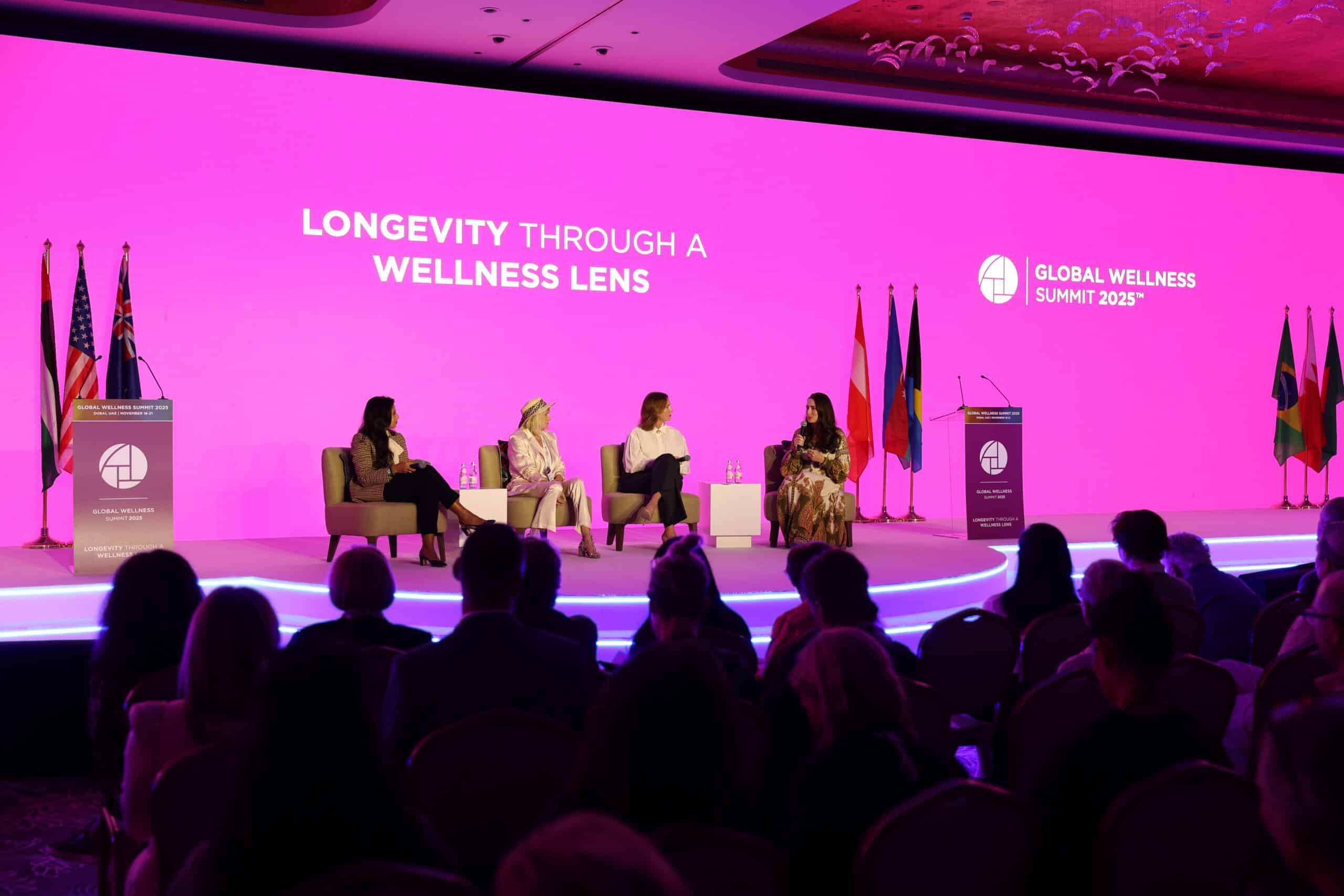
The wellness economy has officially reached a staggering new peak, hitting $6.8 trillion globally and cementing its position as a major economic force that now eclipses traditional tourism, sports and IT sectors. New research shared at the recently concluded Global Wellness Summit 2025 in Dubai reveals that the Middle East and North Africa (MENA) region is playing a key role, posting annual gains of 7.2 per cent over the last five years.
The industry is predicted to maintain this acceleration, with Global Wellness Institute (GWI) forecasting the global wellness market will reach nearly $10 trillion by 2029. The Middle East's strong performance is no accident; it is fuelled by national strategies that view wellness and preventive healthcare as integral to economic diversification, aligning directly with Vision 2030, Vision 2040 and similar national roadmaps. Wellness is emerging as a prime sector for new revenue streams. Saudi Arabia’s Vision 2030 has gone big on wellness tourism, exemplified by Red Sea Global’s AMAALA, which will feature an unprecedented 30 world-class wellness destinations when complete. This large-scale infrastructure development highlights the region’s commitment to blending cutting-edge innovation with local heritage. The regional market is evolving rapidly in terms of cultural immersion, digital health and sports integration. Destinations like Jordan are creating authentic experiences where guests combine wellness with local Bedouin culture, stargazing and hiking. GCC countries are seeing major investments in artificial intelligence, robotics and genomic medicine to enhance clinical care and preventive health. New infrastructure such as Qatar’s Aspire Academy and Saudi Arabia’s Sports Boulevard are pioneering the intersection of sports and wellness. The global GWI data confirms that the wellness sector is officially beyond pandemic recovery mode. Two segments are experiencing explosive, market-leading growth worldwide. These are wellness real estate - the fastest-growing segment, expanding at 19.5 per cent annually since 2019; and mental wellness, expanding at a significant 12.4 per cent annually, driven by rampant stress and younger generations prioritizing mental wellbeing. The travel trade will benefit from high-growth segments predicted through 2029. Wellness tourism is forecast to see powerful annual growth of 9.1 per cent; traditional and complementary medicine is predicted to surge at 10.8 per cent annually, capturing the high-spend longevity and biohacking trends; and thermal/mineral springs, which are set for strong growth as hundreds of these destinations are in the global investment pipeline. While North America and Europe currently show dramatically higher per capita spending, the aggressive investment and rapid infrastructure development across the Middle East ensure that the region is poised to significantly narrow that gap, making it a crucial global hub for wellness and wellbeing infrastructure. Next year’s 20th anniversary Global Wellness Summit will be in Phuket, Thailand, with gratitude to our host sponsors Thailand Convention & Exhibition Bureau (TCEB), Amazing Thailand and the Ministry of Public Health, Department of Thai Traditional and Alternative Medicine.